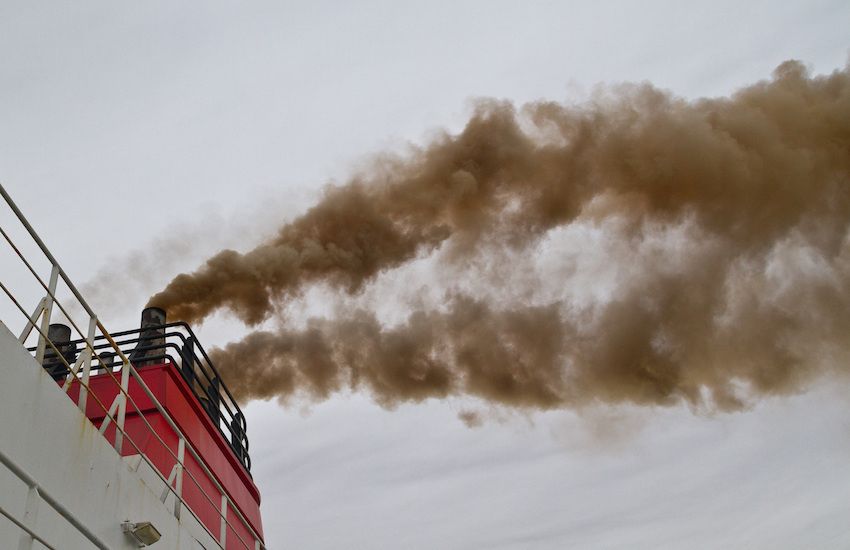The New EU MRV Regulation (EU) 2015/757 Will Kick In Soon!
Are Ship Owners ready for the new EU MRV Regulation (EU) 2015/757 that will be put in place starting from August 31st, 2017?
Reducing greenhouse gas emissions from shipping
The EU is calling for a global approach to reduce greenhouse gas emissions from international shipping, a large and growing source of emissions. As a first step, all ships bigger than 5.000 GT using EU ports will be required as of 2018 to report their verified annual emissions and other relevant information in line with the European Commission’s 2009 climate and energy package.
Maritime transport emits around 1.000 million tonnes of CO2 annually and is responsible for about 2.5% of global greenhouse gas emissions (3rd IMO GHG study). Shipping emissions are predicted to increase between 50% and 250% by 2050, depending on future economic and technological developments. This is not compatible with the internationally agreed goal of keeping global temperature increase to below 2°C, which requires worldwide emissions to be at least halved from 1990 levels by 2050.
EU MRV data collection and monitoring
The Regulation (EU) 2015/757 was adopted in April 2015 and creates an EU-wide legal framework for the monitoring, reporting, and verification of CO2 emissions and other relevant information from maritime transport.
It requires ships over 5.000 gross tonnes calling at EEA ports as of 1st January 2018 to monitor their CO2 emissions and other relevant information emitted during a voyage to, from, and within the EU and during port stays. This is irrespective of where the ship or the company is registered.
– A voyage is a journey between two ports of call;
– A reportable voyage is a voyage where at least one port of call is in the EU;
– A port of call is a port where a ship embarks or disembarks passengers or loads or unloads cargo.
As Norway and Iceland (incl. the UK in the future) are members of the EEA, the MRV regulation also applies. The EEA Member States’ Overseas Countries and Territories do not qualify as EU ports of call.
Ship owners will have to monitor and report from then on to the EMSA through an accredited EU MRV verifier, data of each ship’s CO2 emission, fuel consumption, and other parameters, such as distance, time at sea, and cargo carried, so as to determine the ships’ average energy efficiency.
Companies with ships that are subject to the EU MRV regulation and do not call regularly at EU ports must, after 31st August 2017, submit the respective monitoring plan to the verifier without delay, but not later than two months after the respective ship called at an EU port for the first time.
Conclusion
All ships visiting EU ports will have, as of June 30th, 2019, and each following year, to carry a Document of Compliance issued by an accredited MRV shipping verifier on board. This document might be subject to inspections by Member States’ authorities. Vessels that cannot present such a Document of Compliance might be prohibited from entering or leaving EU ports.
Photo Credit: Shutterstock

